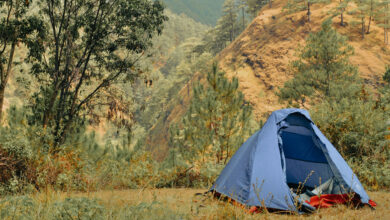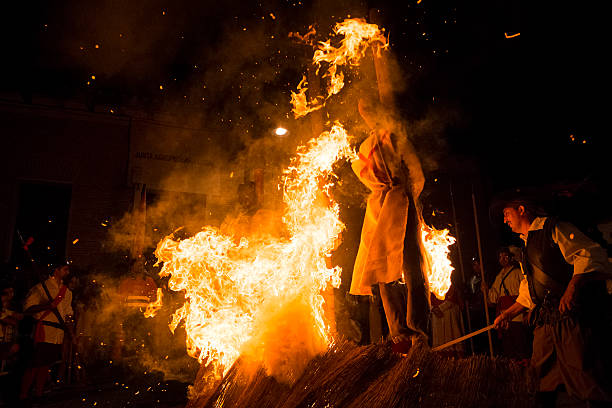
Dark Tourism: 13 Creepy Places to Visit this Halloween
Test the dark tourist in you with this list of dreadful places to visit in the Philippines!
Ever heard of dark tourism? It’s travel or tourism that intentionally visits places related to death and tragedy. It’s a real thing, and many people around the world do it. Coincidentally, the Philippines is filled with places suitable for this kind of travel.
So with Halloween upon us, and spirits abound, we thought it was time for you to face your fears. We’ve put together a list of the creepiest, goosebumps-inducing locations in the country.
Do you have the courage to check them all off your list? Let’s begin.
1. Hanging Coffins of Sagada
Sagada, Mountain Province
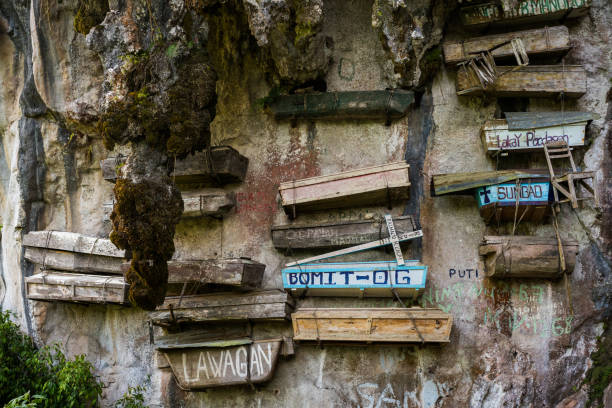
The Cordilleras are home to the secluded village of Sagada. For dark tourism seekers, it’s a 9-hour trip from Manila to visit an extraordinary and eerie Igorot custom.
Thought to be practiced for at least 2,000 years, the Igorots bury their dead in hand-carved coffins. Moreover, these are roped or fastened to the side of a cliff, suspended high above the ground below. In the past, family members had to break the deceased’s bones in order to fit them into 1-meter-long coffins.
It’s thought that this gravity-defying graveyard help the dead communicate with their ancestors’ spirits.
2. Sunken Cemetery
Catarman, Camiguin
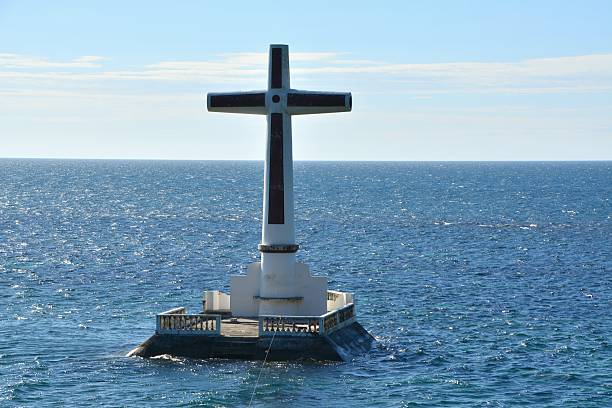
Catarman is a part of Camiguin where some of its earliest settlers lived and thrived. Unfortunately, they were buried alive after Mount Vulcan erupted in 1871 and sank the whole area underwater.
One can see the tombs surfacing from the sea during low tide. Etched on the stones are names and death dates dating back to the Spanish colonial era.
Aside from the cemetery, what was left of the old Catarman are three grand structures: the Guiob Church Ruins, a nunnery, and a bell tower. An ancient town preserved within the depths of the sea, how’s that for a scare?
3. The Enchanted Balete Tree of Siquijor
Lazi, Siquijor
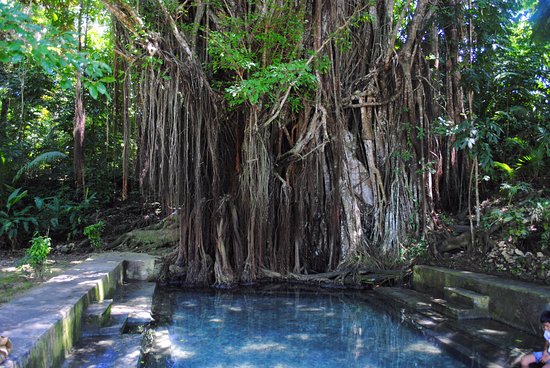
Balete is an extraordinary tree that grows in the Philippines. It is known for growing beside other trees and strangling them until they kill the tree host. The Balete is the perfect tree for dark tourism. However, that’s not the only thing that surrounds these mystical trees.
Folk stories claim that mystical creatures worship this tree as a form of thanksgiving for shelter and protection. Creatures like dwendes, tikbalangs, and diwatas are some of the said creatures living within these trees.
Located in the mystical island of Siquijor, this 400-year-old Balete is considered as the oldest and the biggest in the province. What makes it really mystical is that a natural spring flows right underneath the tree. Nobody knows where the water comes from.
RELATED: Typhoon-Resilient Trees: Our First Defense Against Natural Disasters
4. General Moncado White House
Samal, Davao del Norte
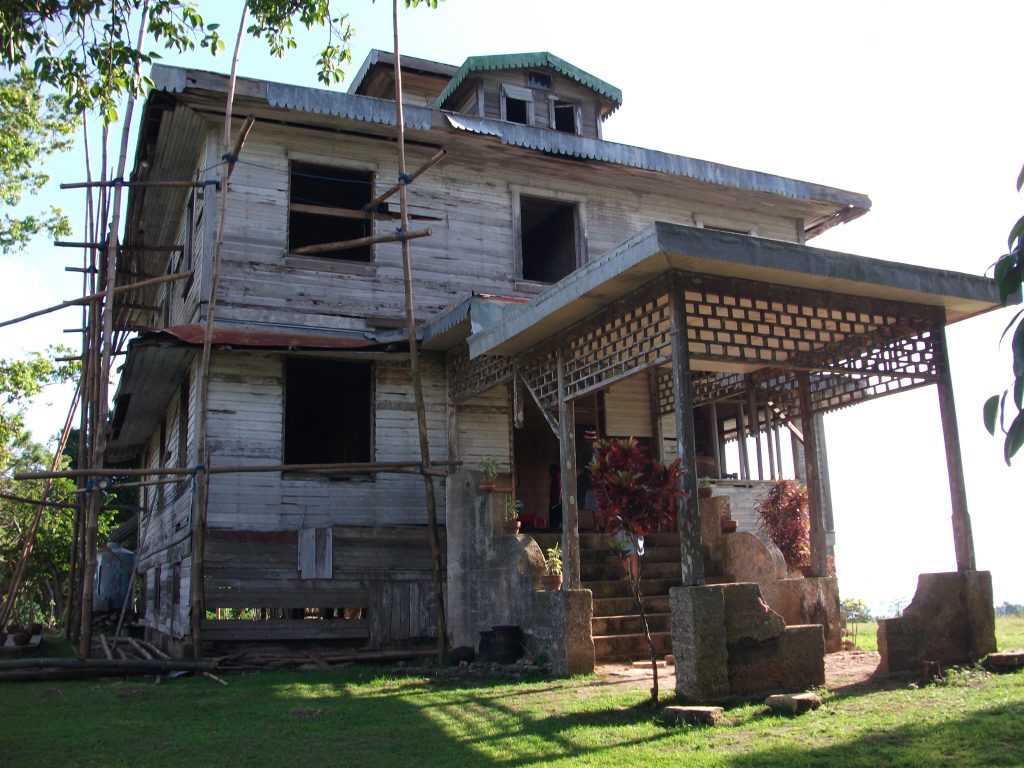
Hilario Camino Moncado was the founder and supreme commander-in-chief of the Filipino Crusaders World Army (FCWA). They were called the Moncadistas.
The Moncadistas ate only raw and uncooked food.
In the late 1930’s, Moncado and his leaders, after a long search, decided to build a Moncado colony in the Island of Samal. The island was peaceful and beautiful. It was going to be a new paradise.
Of course, things didn’t go as planned. Think you’re brave enough to visit this site?
5. Devil’s Mountain
Mt. San Cristobal, Laguna/Quezon
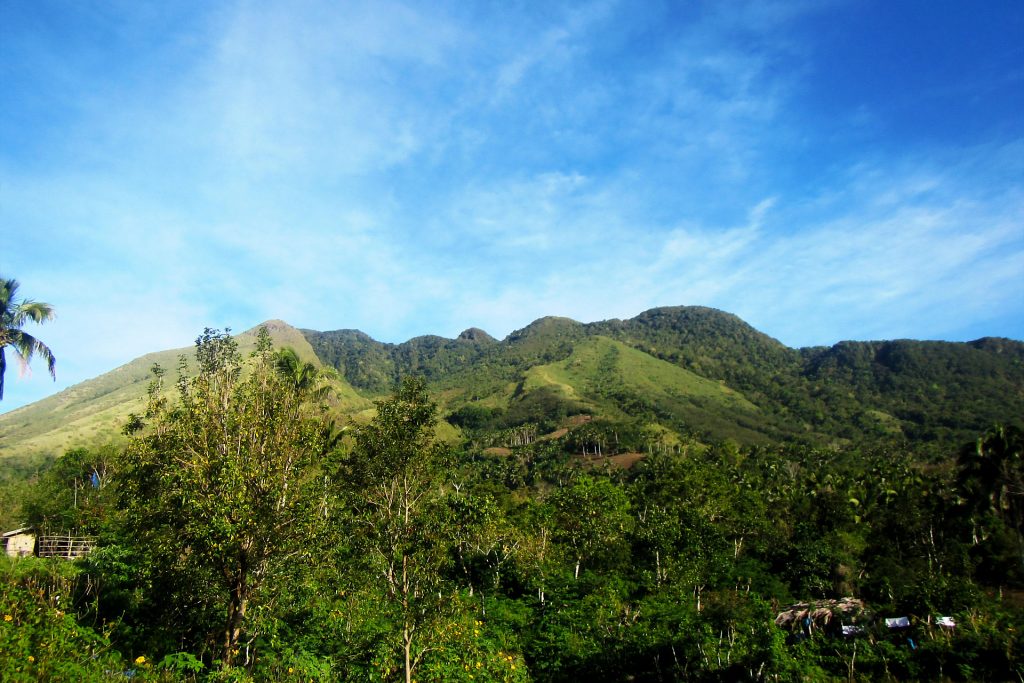
With a unique shape similar to a devil’s horns, Mount San Cristobal is considered the Devil’s Mountain in Filipino folklore. It is the alter-ego of the Holy Mountain, Mount Banahaw.
There are tales of voices or apparitions, such as the ‘Tumao’ beast that pursues mountain climbers. Many hiking groups also have their own stories to share. Even the locals believe these legends, and some guides carry amulets to dispel the evil energy.
A perfect location for a dark tourist, wouldn’t you say?
6. Hospital Ruins
Corregidor Island
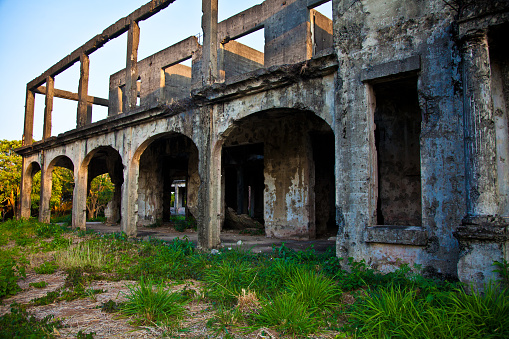
The Corregidor Hospital was built in 1912 to house medical personnel for the treatment of wounded soldiers. Because of the island’s history, this was a popular destination on Corregidor.
However, the structure was also a location where many people unwillingly drew their final breaths. Scary enough?
7. Maanghit Cave
Libertad, Antique
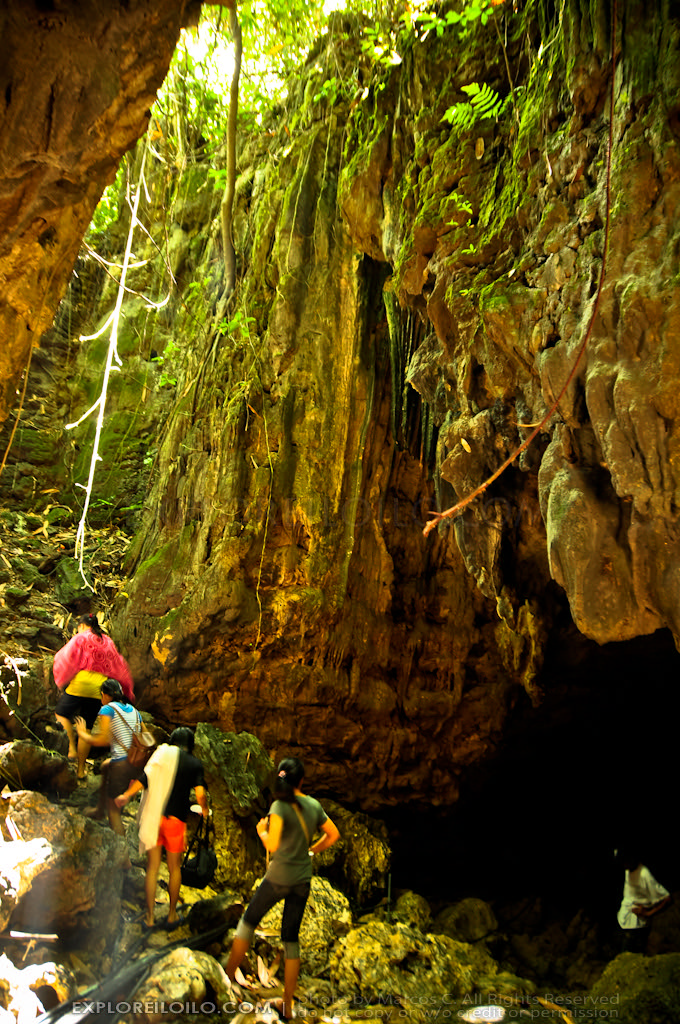
Maanghit was named as such because of the ghastly odor inside the cave due to bats dwelling in it. Dirt from these webbed-wing mammals drops directly from the ceiling to the ground making the spelunking activities uneasy.
The cave is deep, cavernous, narrow, expansive, and not yet fully explored. Add the walk along the subterranean stream and you have a destination worth going out of your way for.
As much as Maanghit makes the list for dark tourism, it’s certainly dangerous during the rainy season. Never go spelunking without a proper guide!
8. Diplomat Hotel
Baguio City
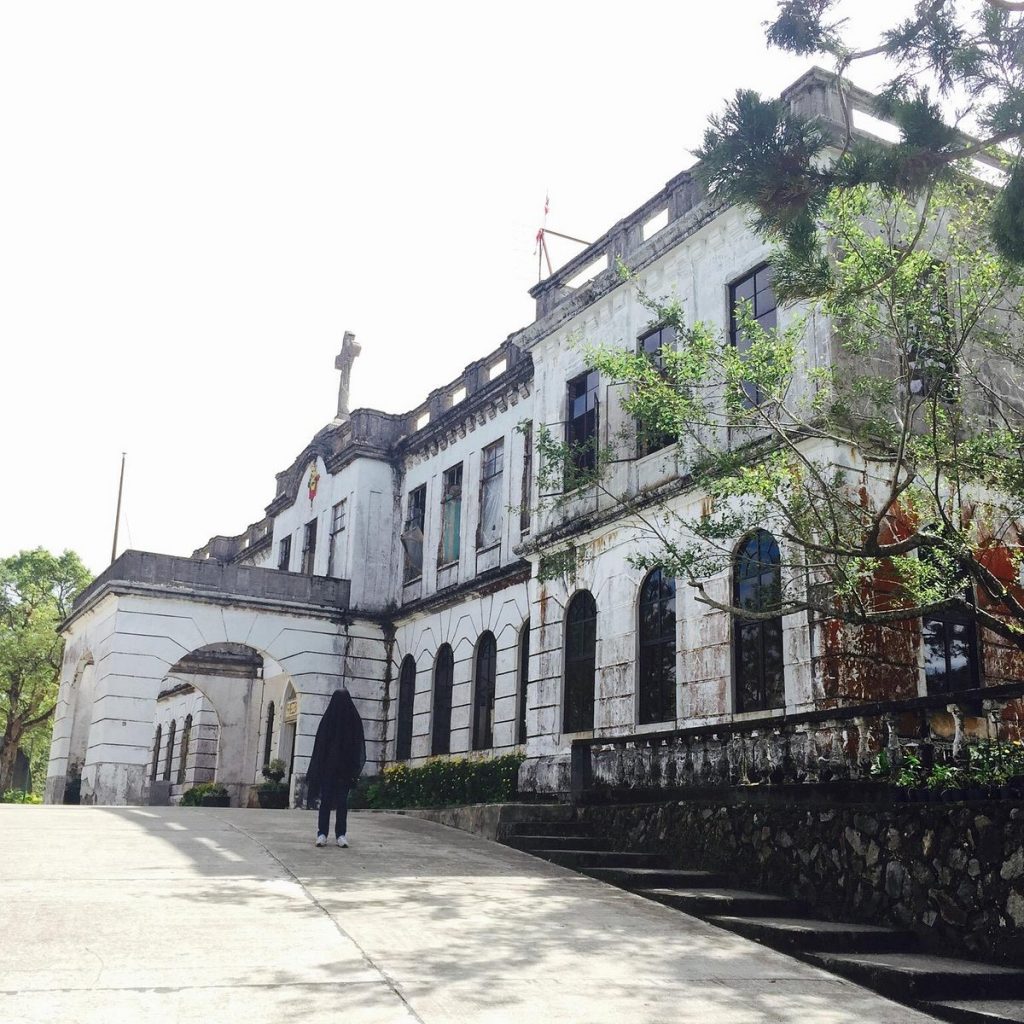
Formerly known as the Dominican Hill Retreat House, it served as a camp for priests, nuns, and refugees escaping the carpet bombing of the Imperial Japanese Army during World War II.
Moreover, when the Japanese occupied the Philippines, those who took shelter in this building were tortured, raped, and murdered by the Kenpeitai. The towering fountains in the courtyard were also said to be the place where infants were drowned by the invaders.
9. Bahay na Pula
San Ildefonso, Bulacan
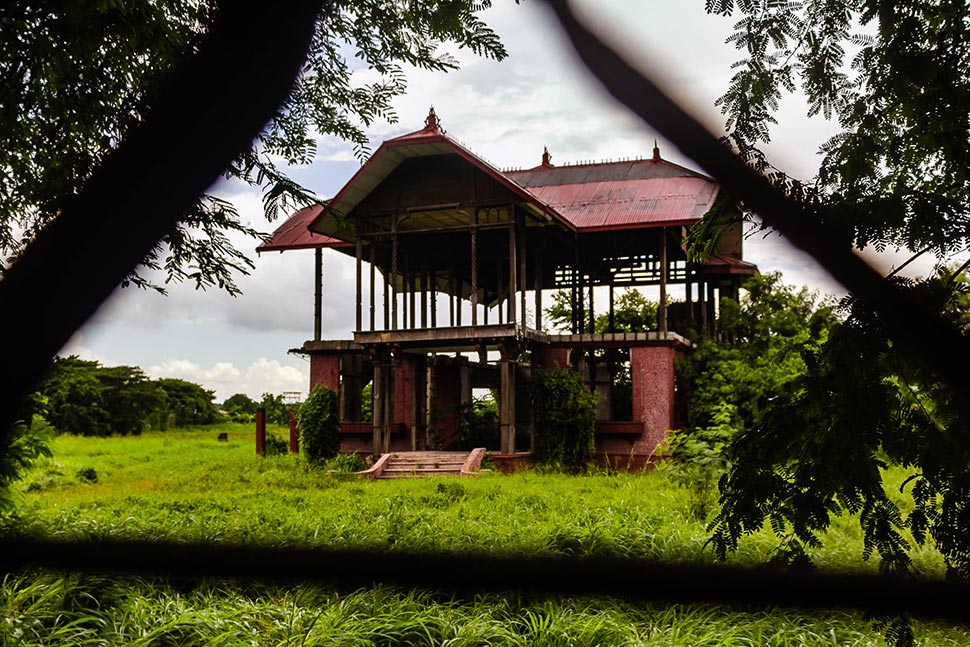
The Bahay na Pula is a former hacienda in San Ildefonso, Bulacan. The site is remembered for the Imperial Japanese Army’s mass rapes and murders committed during World War II.
In nearby Pampanga, the Japanese military murdered all of the men and boys in Mapaniqui, Candaba, and subjected over 100 women and girls to sexual slavery. These victims were confined and raped in this house.
10. Underground Cemetery
Nagcarlan, Laguna
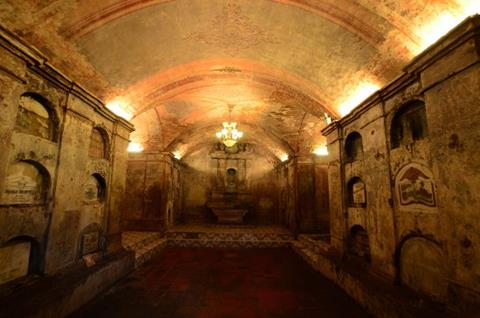
The Nagcarlan underground cemetery was constructed in 1845 under the supervision of a Franciscan priest named Father Vicente Velloc. It served as a public burial site, but the underground crypt is reserved solely for Spanish friars, prominent town residents, and members of elite Catholic families.
Does the dark tourist in you itch for this adventure?
11. Fort Santiago
Intramuros, Manila
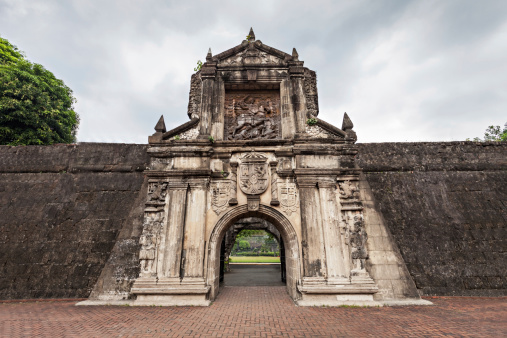
Eager to get your dark tourism on upon landing in Manila? Make a beeline to Fort Santiago, one of the capital region’s most important historical sites. Head down to its prisons, and think of how many lives were lost during the Spanish Empire and World War II.
Moreover, José Rizal himself was imprisoned here before his execution in 1896.
12. Herrera Mansion
Tiaong, Quezon
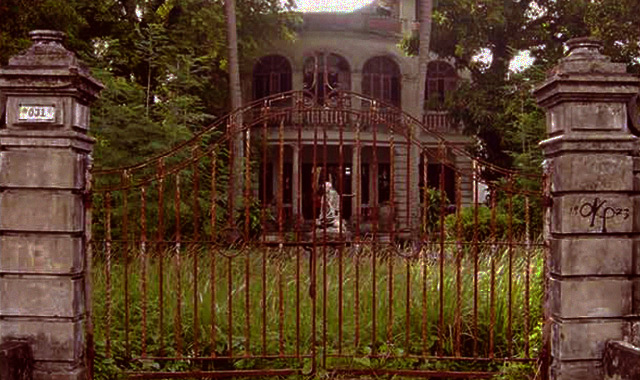
The Herrera Mansion is Tiaong’s oldest house, and today you’ll find it abandoned and decaying.
Now, it stands as a dying landmark. It has fallen prey to vandals and petty thieves who strip it of wires, doors, and metal scraps. Oh, there’s also treasure hunters still looking for Japanese caches!
13. Clark Air Base Hospital
Angeles, Pampanga
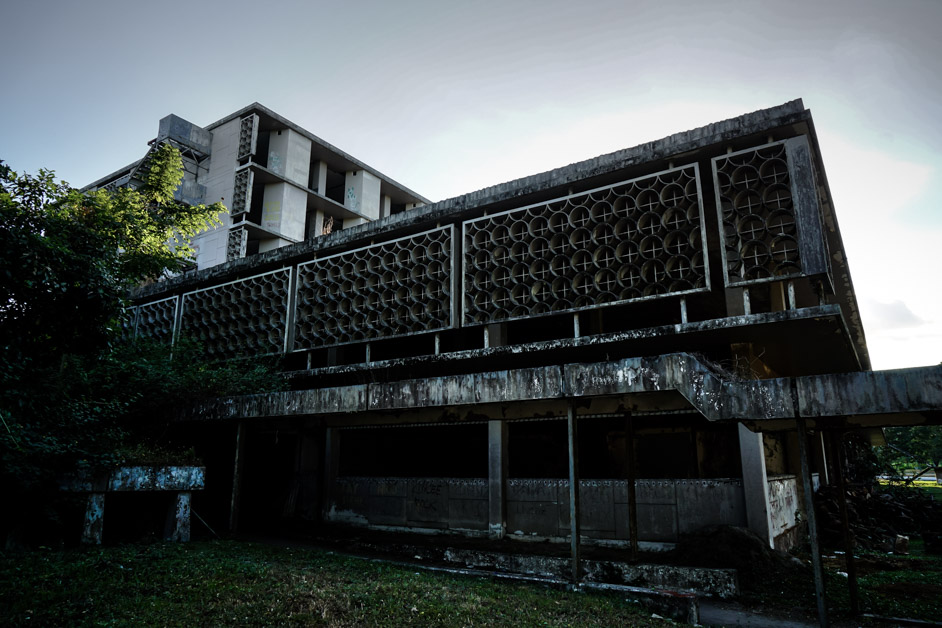
The Clark Air Base hospital served as the primary healthcare facility for soldiers not just in the Philippines but all over Southeast Asia. At its height, the facility treated around 17,000 patients a month. As of writing, the author isn’t sure if the property is still accessible to the public. But maybe you’re willing to visit it yourself…
Now that this list for dark tourism has met its end, are you ready for yours?




